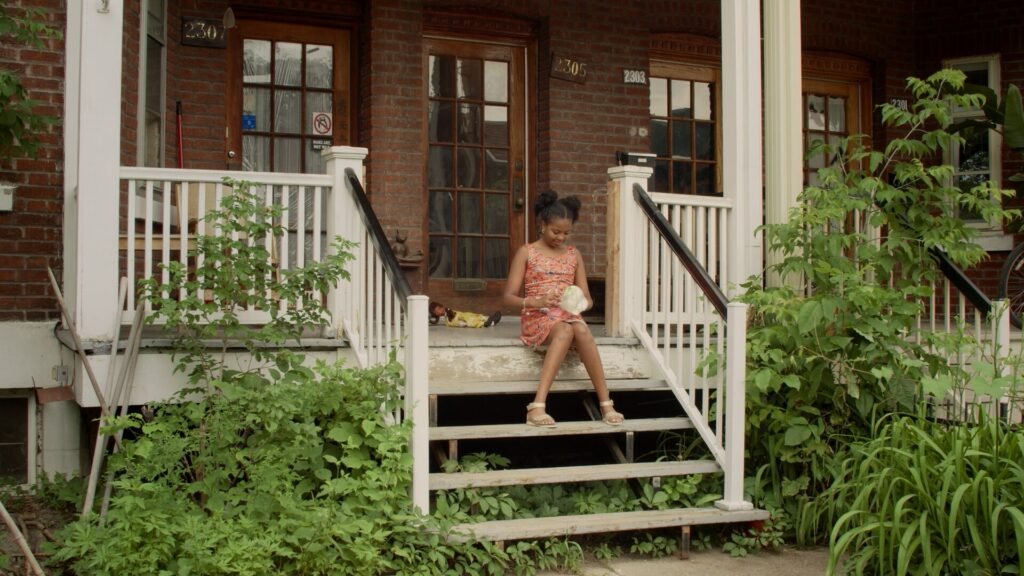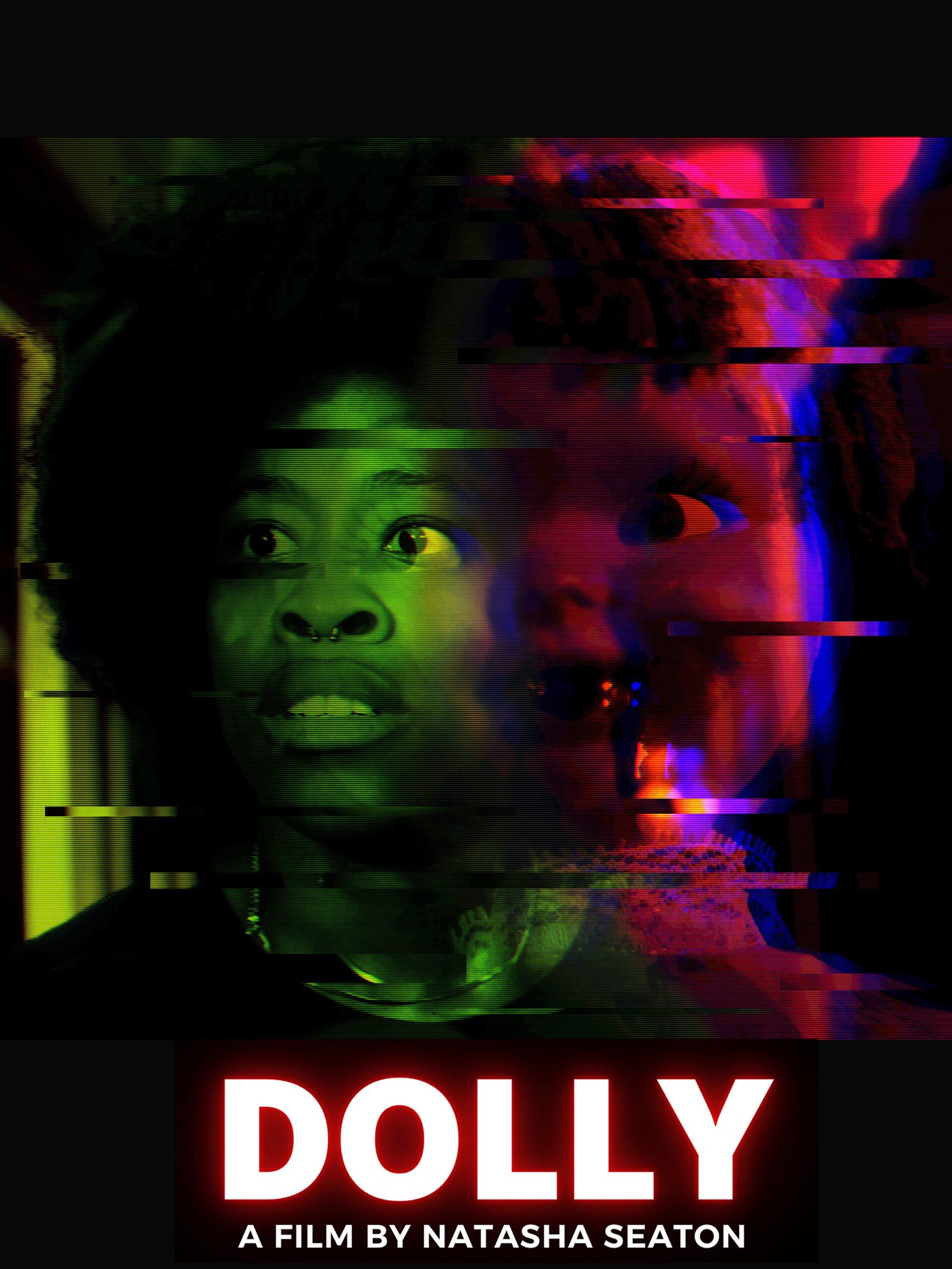
What if the toy meant to comfort you became the thing you feared most?
That chilling idea drives Dolly, the indie horror short film by director Natasha Seaton, premiering at the Toronto Indie Horror Film Fest this October.
Seaton has loved horror since childhood. For her, the genre’s beauty lies in its darkness and its ability to turn trauma into meaning. Horror, she says, is uniquely suited to telling subversive stories on small budgets.
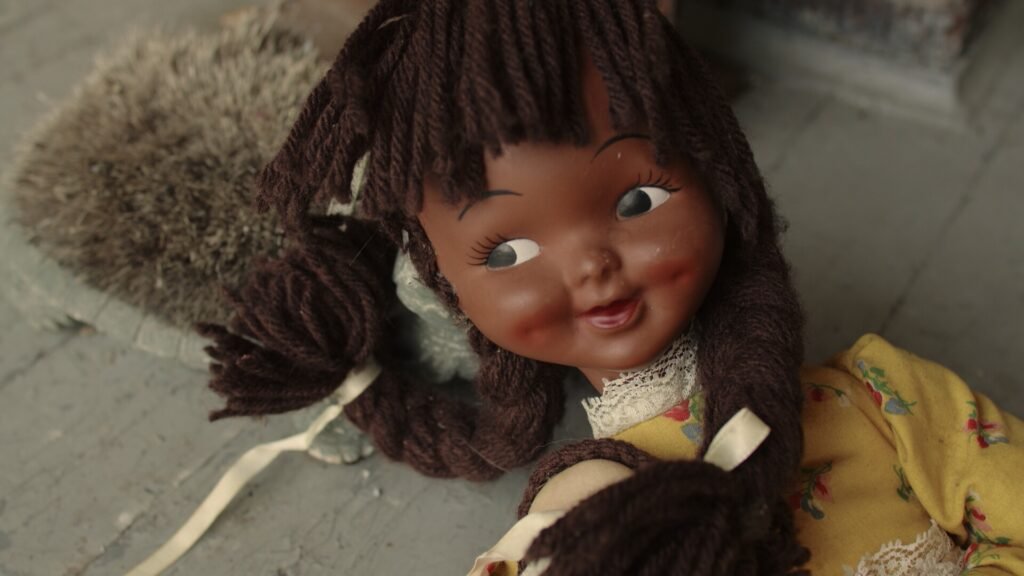
The Origins of an Indie Horror Short Film
The idea for Dolly came together under pressure. Seaton had two weeks to create a project for film school. Looking for inspiration, her eyes landed on a doll her sister once gave her.
“I picked her up and, for the first time, really noticed how creepy she actually was,” Seaton says. “She’s handmade, with her neck and body held together by a literal wooden stick. Her hands are white, clearly taken from a different doll, and her whole body looks like it was pieced together from mismatched parts.”
That uncanny figure became the centrepiece of Dolly, and a way to explore Seaton’s own experiences growing up as a Black girl in a mostly white neighbourhood in Montreal.
Redefining the Slasher in Indie Horror Short Films
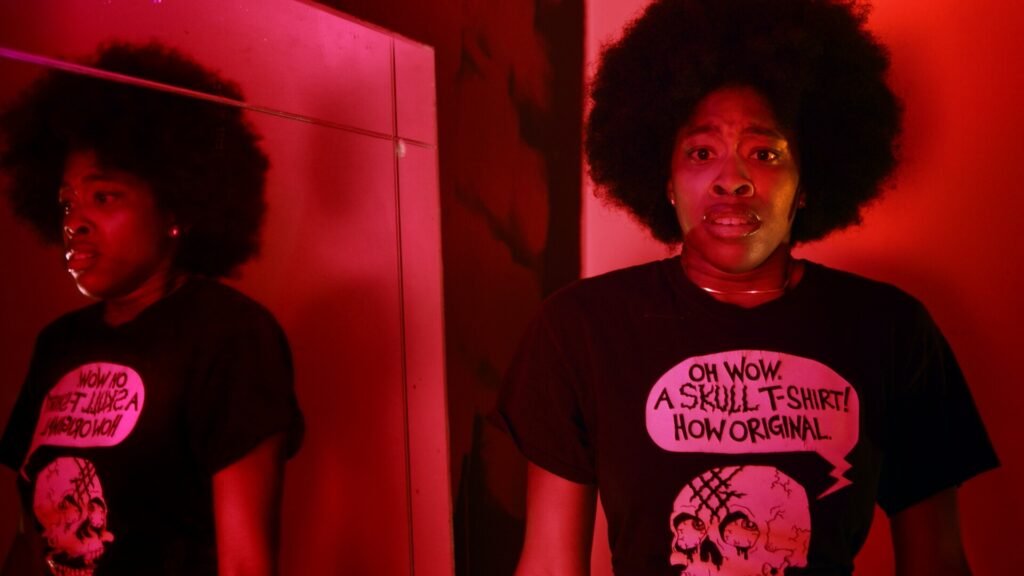
Seaton describes Dolly as a psychological slasher. It carries the DIY fun of the genre while subverting its tropes.
“I wanted to see more slashers that didn’t have such a pointed focus on violence against women,” she explained.
“I didn’t want the Black character to always be the first to die.”
Her aim was to deliver scares while also challenging the audience to rethink what a slasher can be.
The Challenges of Creating an Indie Horror Short Film
Producing Dolly meant working under strict rules. The film had to run under six minutes, and synced sound wasn’t allowed. Seaton and her team built their own soundscapes, layering effects and music to craft the tension.
“It was really challenging,” she admitted. “I feel like I got through by the skin of my teeth haha.”
She leaned heavily on lighting and pacing to guide tone. The short begins with natural light and calm rhythm, but once Dolly appears, the energy shifts. Scenes cut faster, and the visuals grow darker and more unsettling.
Why Indie Horror Short Films Resonate Globally
Seaton sees horror as more than simple scares. It’s a way to expose what hides beneath the surface.
“I love the idea of building an entire monster story out of a lived experience,” she says.
She believes horror resonates because audiences everywhere understand what it feels like to be outcast or othered.
That sense of alienation makes the monster a universal figure.
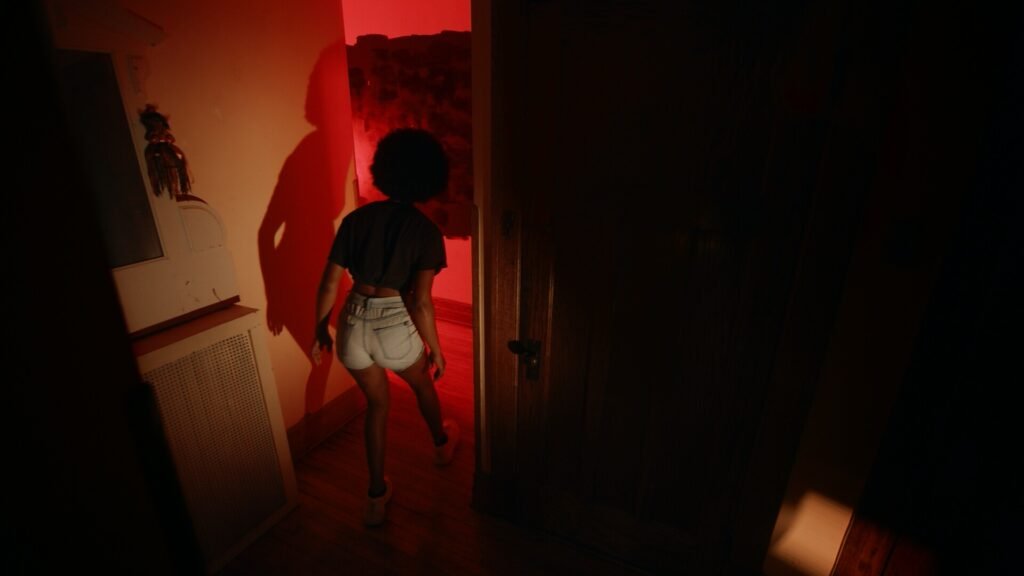
The Future of Dolly and Indie Horror
Dolly debuts at the Toronto Indie Horror Film Fest before heading to more festivals across Canada and the U.S.
Seaton cites Child’s Play, Suspiria, and Jordan Peele as inspirations. She’s already working on her next project, another slasher.
Her advice to new filmmakers: keep rewriting, plan carefully, feed your crew, and find a strong assistant director.
With Dolly, Seaton proves that indie horror short films can deliver scares and cultural commentary, all in six minutes or less.
